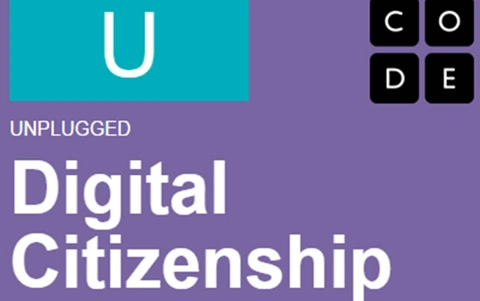Digital Citizenship Unplugged
This lesson focuses on what is safe and unsafe for students to share online.
Additional details
| Year band(s) | 3-4, 5-6 |
|---|---|
| Content type | Lesson ideas |
| Format | Web page |
| Core and overarching concepts | Privacy and security |
| Australian Curriculum Digital Technologies code(s) |
AC9TDI4P06
Use the core features of common digital tools to create, locate and communicate content, following agreed conventions
AC9TDI4P07
Use the core features of common digital tools to share content, plan tasks, and collaborate, following agreed behaviours, supported by trusted adults
AC9TDI6P07
Select and use appropriate digital tools effectively to create, locate and communicate content, applying common conventions
AC9TDI6P08
Select and use appropriate digital tools effectively to share content online, plan tasks and collaborate on projects, demonstrating agreed behaviours |
| Keywords | Digital Citizenship |
| Organisation | Code.org |
| Copyright | code.org. Creative Commons BY-NC-SA 4.0. |
Related resources
-
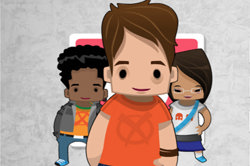
eSafety Commissioner: Video and resource library
Online safety resources for secondary schools supported by lesson plans and multimedia resources. Use the filters to find tailored resources suitable for your classroom needs.
-
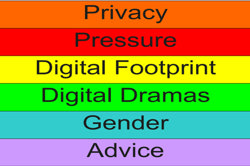
Growing Up Digital
This site provides a multitude of lesson plans aimed to cover a variety of issues that can arise from the use of digital technology, and ways to effectively prevent or overcome them.
-

When I post something online how permanent is it?
Students engage in a photo rip up activity to emphasize the permanency of online information, they explore factor trees, doubling and line graphs through the lens of sharing information, and they collaboratively develop a set of protocols around sharing information online.
-
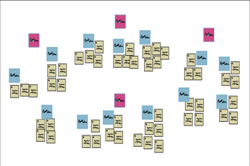
Agreeing to an ICT agreement
Students work together to brainstorm the dangers, problems and pitfalls in using ICT and online spaces.
-
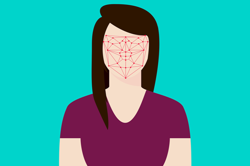
Can AI guess your emotion?
Discuss emotions as a class, and introduce the idea of artificial intelligence (AI).
-
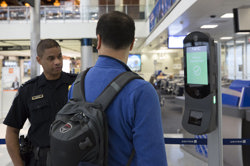
AI image recognition - exploring limitations and bias
A hands-on activity to practise training and testing an artificial intelligence (AI) model, using cartoon faces, including a discussion about sources of potential algorithmic bias and how to respond to these sources.
-
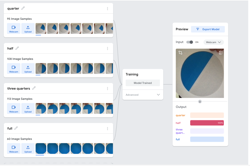
Teaching an AI to recognise fractions
In this lesson plan, students represent fractions and use the Teachable Machine artificial intelligence (AI) to recognise quarter, half, three-quarters and full.
